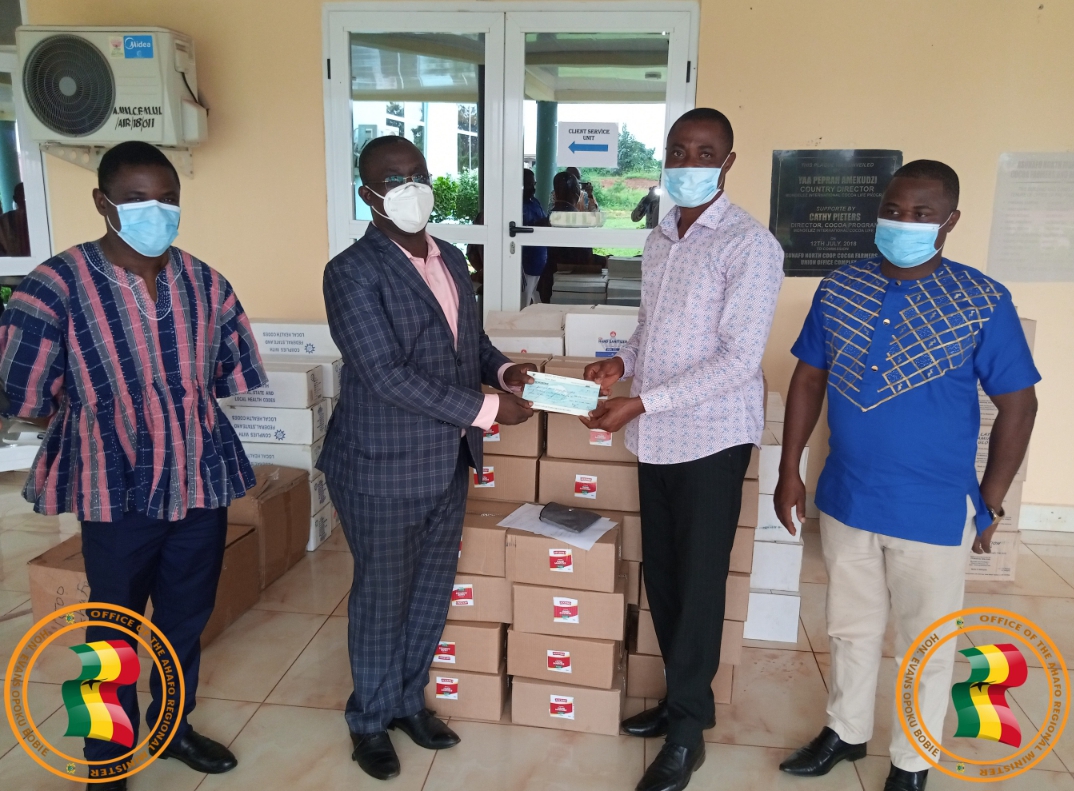Summer fruit salad recipes to stay hydrated

Mango is probably one of the favourite summer fruits of many people. Often hailed as the “king of fruits”, mango is known for boosting immunity, improving digestive health due to its fiber content, and promoting eye health, says dietician Manvi Lohia. The juicy fruit is a good source of carotenoids, which is a group of compounds known for giving yellow fruits their colour. Foods like mango that have carotenoids may help in boosting proper immune system functioning, according to a research published in Applied Sciences in 2021.

Watermelon is another must-eat fruit during summer due to its high water content. A 100 grams of watermelon has 91.4 grams of water, according to the United States Department of Agriculture. Since it has high water content, it is perfect for staying hydrated in the hot summer months. It also contains lycopene, which supports heart health and skin protection from ultraviolet rays, says the expert.
Healthy summer fruit salad recipes
Try these fruit salad recipes that are all about simple preparation methods and easily available ingredients.
1. Mango and mixed greens salad
Ingredients
- 1 ripe mango (peeled and diced)
- 2 cups of mixed salad greens like lettuce and kale
- ½ red onion (thinly sliced)
- ¼ cup feta cheese (crumbled)
- ¼ cup roasted almonds (chopped)
- 2 teaspoons of olive oil
- Juice of one lime
- Salt and pepper to taste
Method
- In a large salad bowl, combine the mango, mixed greens, and red onion.
- Add the crumbled feta cheese and chopped almonds on top.
- In a small bowl, whisk together equal parts of olive oil and lime juice; season with salt and pepper to taste.
- Before serving, drizzle this dressing over the mango salad.
2. Spicy watermelon and cucumber salad
Ingredients
- 2 cups of watermelon (cubed)
- 1 cucumber (sliced)
- ½ teaspoon of red chili powder
- Salt to taste
- 2 tablespoons mint leaves (chopped)
- Juice of one lime
Method
- Combine the cubed watermelon and sliced cucumber in a bowl.
- Sprinkle red chili powder and salt over the fruits.
- Add lime juice and toss gently to mix.
- Garnish with chopped mint leaves before serving.

3. Tropical papaya salad
Ingredients
- 1 medium papaya (peeled, seeded, and diced)
- 1 carrot (julienned)
- ½ bell pepper (thinly sliced)
- ¼ cup cilantro (chopped)
- Juice of one lime,
- 1 tablespoon of honey
- A pinch of chilli flakes
- Salt to taste
Method:
Select Topics of your interest and let us customize your feed.
- In a mixing bowl, combine diced papaya, julienned carrot, and sliced bell pepper.
- In a small bowl, whisk together lime juice, honey, chilli flakes, and salt to make the dressing.
- Pour the dressing over the fruit mixture and toss well.
- Sprinkle chopped cilantro on top for freshness.
4. Sweet and spicy mango salad
Ingredients
- 1 mango (peeled, pitted, and julienned)
- ¼ cup of red bell pepper (thinly sliced)
- ¼ cup of roasted peanuts (crushed)
- ½ teaspoon of chilli flakes
- Juice of one lime
- Salt to taste
Method
- In a bowl, combine julienned mango and sliced red bell pepper.
- Add crushed peanuts and chilli flakes for a crunchy and spicy texture.
- Mix lime juice and salt for the dressing and pour over the salad.
- Toss everything together and chill before serving.
5. Lychee and berry salad
Ingredients
- 1 cup of lychees (peeled and pitted)
- 1 cup mixed berries (strawberries, blueberries, raspberries)
- ½ cup of Greek yogurt
- 2 tablespoons of honey
- A few mint leaves for garnish
Method
- In a large bowl, combine lychees and mixed berries.
- In a separate small bowl, mix Greek yogurt and honey until smooth.
- Drizzle the yogurt mixture over the fruits.
- Garnish with fresh mint leaves and serve chilled for a refreshing snack.
6. Avocado and strawberry spinach salad
Ingredients
- 2 cups of fresh spinach (washed and dried)
- 1 avocado (peeled, pitted, and sliced)
- 1 cup of strawberries (sliced)
- 1/4 cup pecans (toasted)
- 2 tablespoons of balsamic vinegar
- 1 tablespoon of honey
- 1/4 cup of olive oil
- Salt, and pepper to taste
Method
- Arrange spinach on a large platter or in a salad bowl.
- Top with sliced avocado, strawberries, and toasted pecans.
- Put honey, balsamic vinegar, salt, olive oil, and pepper in a small bowl and mix them to make the dressing.
- Drizzle the dressing over the healthy salad then serve.
7. Pineapple and coconut tropic salad
Ingredients
- 2 cups of fresh pineapple (diced)
- 1 cup of coconut flakes (toasted)
- 1 banana (sliced)
- 1/2 cup macadamia nuts (chopped)
- Juice of one lime
- 2 tablespoons of coconut milk
Method
- Mix pineapple, banana, and macadamia nuts in a large salad bowl.
- Combine lime juice and coconut milk in a small bowl to make the dressing.
- Drizzle the dressing over the fruit mixture and toss gently.
- Sprinkle toasted coconut flakes over the top and serve immediately.
These salad recipes are not only simple to prepare, but also bring out the best flavours of the fruits, enhancing your summer diet with their health benefits.
Get Latest Updates on Healthy Eating, Nutrition, Recipes, Superfoods
- 156
5 benefits of bibimbap: The nutrient-rich Korean delicacy everyone loves!
If you keep up with Korean trends, you would know how Korean food has become popular around the world. While you have always loved Korean food or try this cuisine, you need to try bibimbap – a Korean dish everyone loves around the world. Bibimbap is part of the classic Korean cuisine. It is a delicious and healthy meal that satisfies your taste buds and offers various health benefits. Here are all the health benefits of bibimbap and how you can prepare chicken bibimbap.
What is bibimbap?
For the uninitiated, bibimbap is a Korean dish that literally means “mixed rice.” It is prepared by blending an array of vibrant and savoury ingredients such as egg, zucchini, bean sprouts, carrot, and protein like thinly sliced chicken, marinated spicy pork, or tofu. This comforting food – bibimbap is a nutritious and well-balanced meal that is loaded with vitamins, minerals, and antioxidants. Here are some of the health benefits of bibimbap.
Health benefits of bibimbap
Here are some of the notable health benefits of bibimbap.
1. High in protein
Bibimbap is high in protein. It is a good source of protein and the ingredients used to prepare it such as chicken, pork, and eggs, contribute to it. If you are vegan, you can add tofu, legumes, and soybean. All these ingredients are high sources of protein which are necessary for the development and repair of the tissue of the body. Protein also helps you feel full and satisfied after a meal, according to a 2023 study published in the Research Gate Journal.
2. Rich in nutrients
“This rainbow food is highly nutritious and contributes to a well-maintained diet. Carrots, which are high in Vitamin A, are a major ingredient in this recipe and help support healthy bones, eyes, skin, and digestive system. Additionally, eggs are typically added to the recipe. Eggs are high in protein and a great source of vitamins B2, B12, and E. Nori, or dried seaweed, is another common ingredient in bibimbap. It is rich in nutritional fibre, vital amino acids, and vitamins A, B, C, and E, says nutritionist Kiran Dalal.
3. Aids in weight loss
Bibimbap is a low-fat choice that promotes a healthy weight. Although it contains carbohydrates, research published in Research Gate Journal indicates that people have a lower glycemic reaction to the dish than to Western cuisines with the same amount of carbohydrates. Lower glycemic index foods reduce blood sugar spikes, which can cause weight gain, cardiac problems, and cardiovascular disease. Bibimbap is a heart-healthy, adaptable, and satisfying food that people can eat guilt-free every day.
4. Rich in antioxidants
Bibimbap contains a variety of antioxidants that help protect the body from toxic substances known as free radicals. Antioxidant-rich ingredients in the dish include the gochujang sauce and the veggies, according to a study published in the Journal of Ethnic Food.
5. Good source of fibre
Bibimbap is a high-fibre food that is beneficial for keeping the digestive tract in good condition. Additionally, fibre lowers cholesterol and helps to control blood sugar levels. So, if you are looking for a tasty yet high source of fibre food, start incorporating bibimbap into your diet.
How to prepare chicken bibimbap?
Here is the complete recipe of chicken bibimbap as explained by the expert:
Ingredients:
- 3 cloves garlic, minced
- 2 teaspoons fresh ginger, minced
- ¼ cup soy sauce (60 mL)
- 4 tablespoons sesame oil, divided
- 1 tablespoon mirin
- 1 tablespoon light brown sugar
- Boneless, skinless chicken thighs(455 g), sliced into 1/2 inch (1 1/4 cm) strips
- 4 cups fresh spinach(160 g)
- Salt to taste
- Freshly ground black pepper to taste
- 2 large carrots, julienne
- 8 ounces shiitake mushroom(150 g), stems removed, thinly sliced
- 1 tablespoon unsalted butter
- 2 large eggs
Method:
1. Mix 2 cloves garlic, ginger, soy sauce, 2 tablespoons sesame oil, mirin, and brown sugar in a shallow dish by whisking them together.
2. Toss to coat after adding the chicken. Refrigerate the mixture for half an hour while it marinates, covered with plastic wrap.
3. Bring a large pot of water to a boil over high heat and add some salt to season. In a big bowl, make an ice bath. Spinach should be blanched for 30 seconds in boiling water, then drained and placed in an ice bath to shock. Move to a small bowl and add salt, pepper, and 1 teaspoon of sesame oil to taste.
4. Heat 1 teaspoon sesame oil in a medium-sized skillet over medium heat. Add the carrots and simmer for 2 to 3 minutes or until tender. Take out of the pan and place aside. Add some salt for seasoning.
5. Heat one tablespoon of sesame oil in the same skillet over medium-high heat. When the garlic is fragrant, add the remaining clove and simmer for 30 seconds.
6. Add the mushrooms and simmer for about 2 minutes, stirring constantly, or until the mushrooms are tender. After adding salt for seasoning, take it out of the pan and put it aside.
7. Heat the last tablespoon of sesame oil in the same skillet over medium-high heat. Add the marinated chicken and simmer for about 5 minutes, stirring now and then, until the chicken is thoroughly cooked.
8. Preheat a nonstick pan to medium-high heat. In the pan, melt the butter. After the foaming stops, crack the eggs into the pan and cook until the yolks are still runny and the whites are firm and golden brown around the edges, or until done to your preference.
9. Place the chicken, kimchi, carrots, spinach, mushrooms, cucumbers, and fried eggs over the rice in the bibimbap bowls.
Select Topics of your interest and let us customize your feed.










